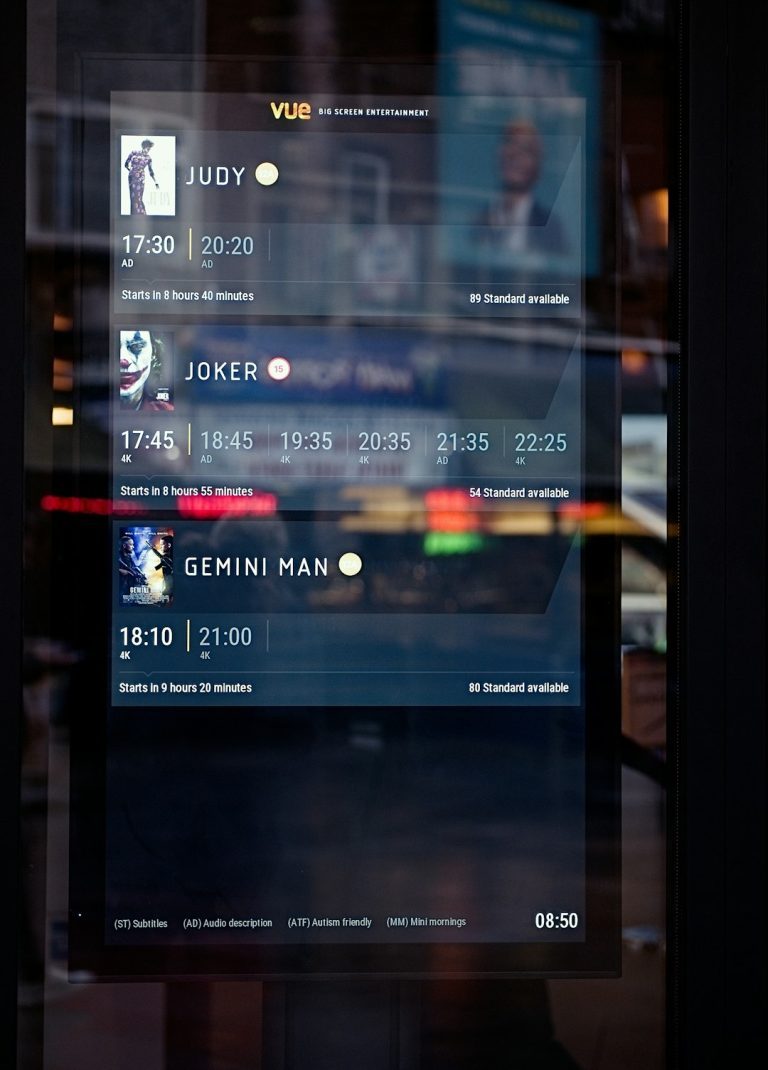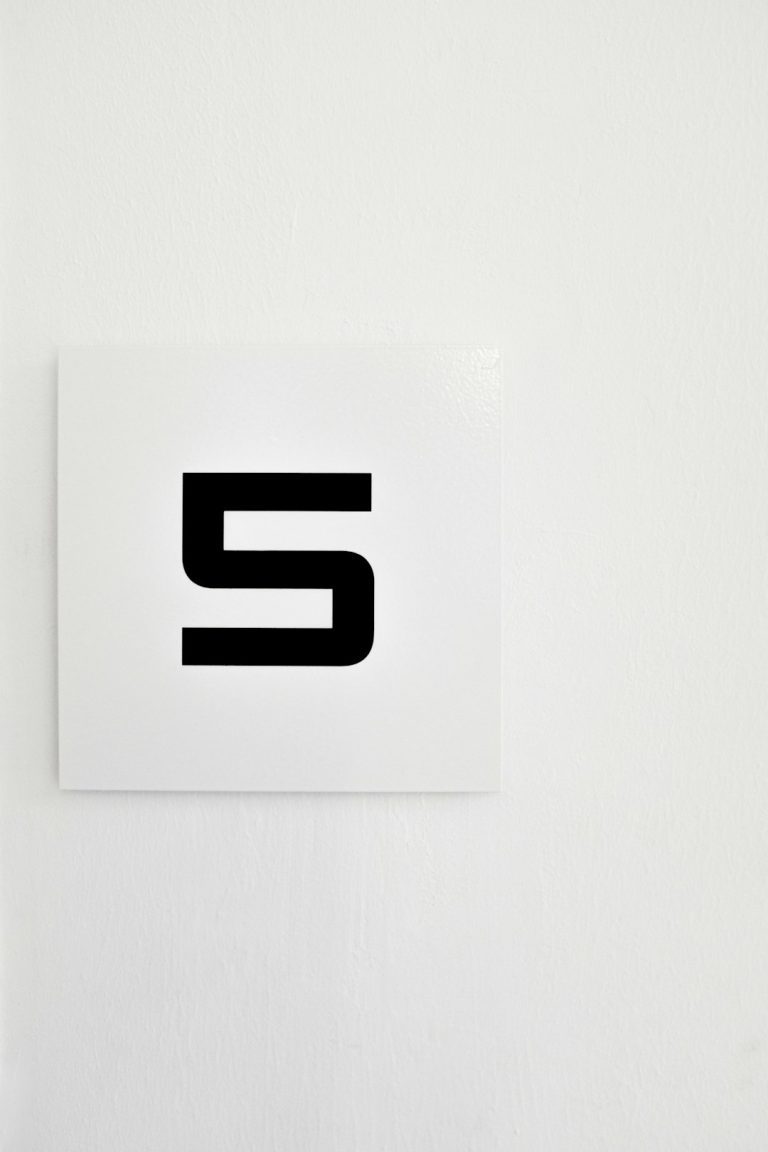In today’s hyper-connected world, cyberbullying is an unfortunate reality, impacting people of all ages across social media, messaging platforms, and online forums. But while real-life victims grapple with the emotional toll, the visual representation of this digital menace has taken on an almost theatrical life of its own—especially in stock photography. From teens shouting at their laptops to people alone in dark rooms clutching glowing smartphones, cyber bullying stock photos often exaggerate the drama for maximum impact.
This makes for a fascinating intersection between digital communication, visual storytelling, and a desire to capture emotional weight in a single frame. These over-the-top photos may not always be accurate, but they’re certainly eye-catching—sometimes to the point of being unintentionally humorous. Here are eight of the most dramatic cyberbullying stock photos that take emotional exaggeration to the next level.
1. The Crying Teen in the Hoodie
It seems no cyberbullying stock photo set is complete without a hooded teenager sitting in a dark room, face buried in hands, a subtle blue light illuminating their despair. The hoodie symbolizes isolation, the faint glow represents the ever-present internet, and the tears, of course, show us the subject’s emotional devastation.
Why it’s over-the-top: Not every encounter with a cyberbully ends in a cinematic breakdown. The shot is emotionally stirring, but also feels more like an independent film poster than a depiction of online harassment.
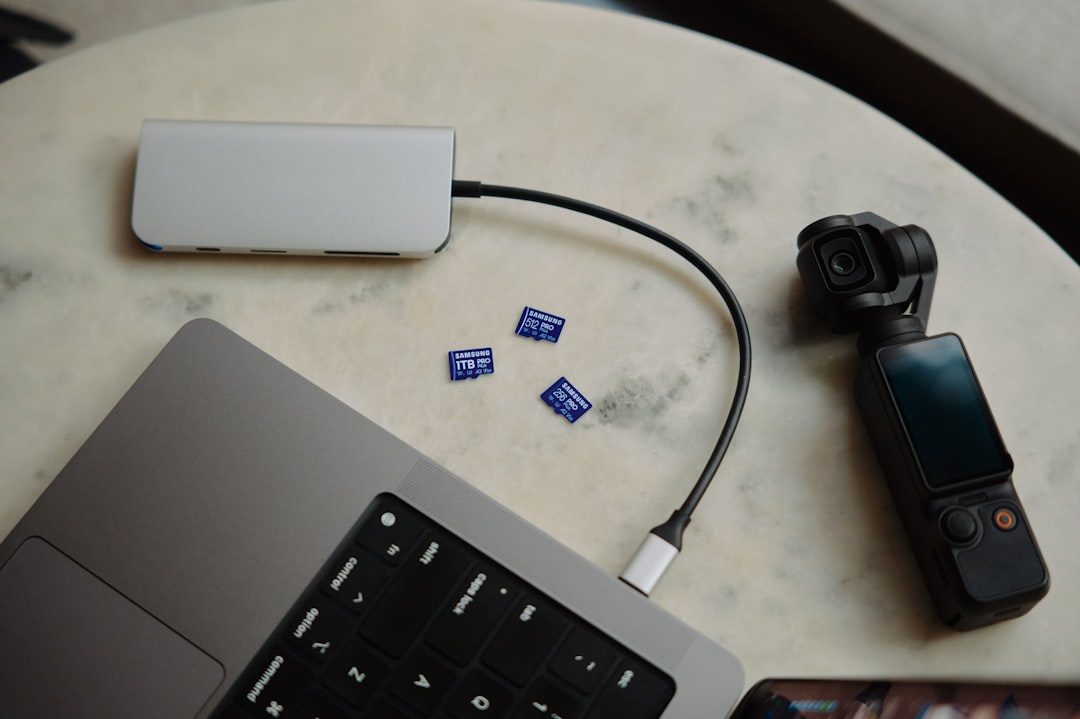
2. The Angry Texter with Flaming Red Background
Some stock designers love to make things literal—like one image where a person furiously types into their smartphone with what appears to be digital flames in the backdrop. It’s as if the sheer intensity of their hate-filled messages has ignited the virtual environment around them.
Subtle it is not. But it does underscore the emotional volatility some cyberbullying victims and perpetrators experience.
Why it’s intense: The bright red background, clenched fists, and squinting eyes telegraph a kind of rage that borders on supervillain territory. Not exactly your average trolling scenario.
3. The Giant Shadow of the Phone
This photograph features a young person sitting on the floor while a massive shadow of a smartphone looms over them like an ominous cloud. Meant to represent the all-encompassing nature of digital life, it succeeds in visual metaphor but might raise eyebrows for its sheer cinematic overstatement.
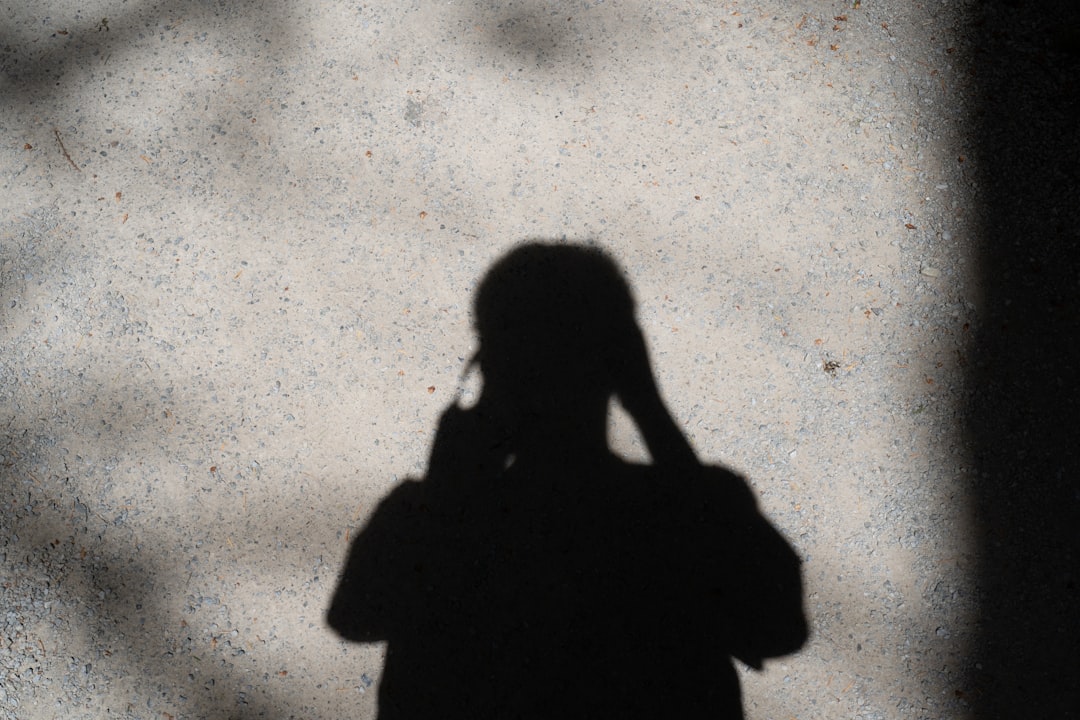
Why it works: Despite its dramatics, the image hits home emotionally—it shows how victims feel dwarfed and overwhelmed by their online tormentors.
4. The Multi-Screen Judgement Wall
In this shot, a lone teenager stands in the middle of a dark room, surrounded by a wall of floating screens. Each screen displays a comment—mean emojis, slurs, and social media posts—all seemingly directed at the central figure.
Why it feels theatrical: It’s like a dystopian version of “The Truman Show,” where your every online moment is under public scrutiny. Also, where does one find a room lined with floating iPads?
5. The Laptop-Screaming Parent
This image swaps the focus to the adult world, showing a parent losing their mind over something on their child’s laptop. Perhaps it’s a mean-spirited comment, or maybe it’s simply exaggerated acting. Either way, the parent looks like they’re auditioning for a soap opera.
What it unintentionally teaches us: It’s important for parents to be involved, but perhaps less dramatically. Support is vital—but flipping the keyboard is optional.
6. The Masked Troll
In an overly literal take, some stock photographers depict “the cyberbully” as a mysterious figure in a hoodie wearing a digital mask. Usually seated behind a computer, this character embodies the classic cyber villain idea—a shadowy, anonymous agitator hiding in the internet’s dark corners.
Why it’s too much: Most trolls don’t wear masks or plan coordinated emotional takedowns. But the image does underscore the anonymity many cyberbullies enjoy—and abuse—online.
7. Emoji Explosion Overload
One image that has made the rounds features a person holding their phone in horror as a barrage of emojis—frowns, vomit faces, skulls, broken hearts—erupt from the screen like digital confetti. It’s an explosion of symbolism, representing the emotional impact of each tiny icon.
Why it’s wild: While emojis can certainly sting in context, this image treats them like nuclear grenades on the battlefield of self-esteem.
8. The Drowning-in-Comments Scene
In this dramatic tableau, a person appears submerged or neck-deep in a pool of floating message bubbles. Each message represents a hostile comment, and the person is clearly struggling to stay afloat.
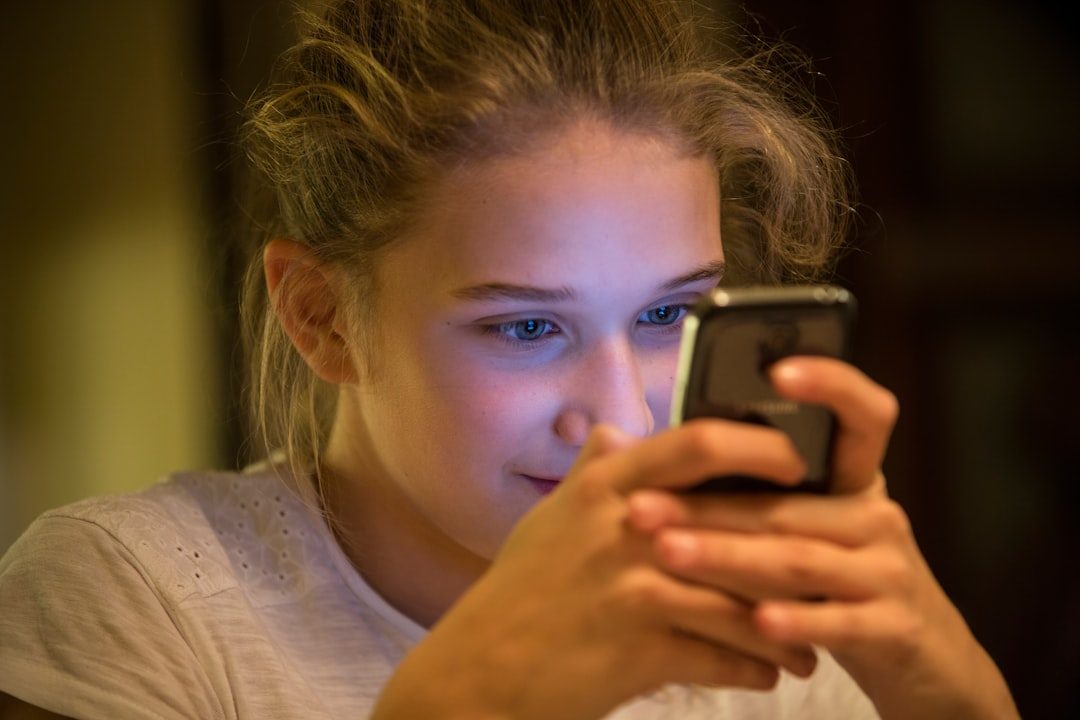
Why it’s strangely effective: As exaggerated as it is, the image puts a spotlight on how overwhelming harassment can feel. It resonates with many who’ve had their mental space invaded by hundreds of unsolicited messages.
How These Images Impact Awareness
Although many of these images go overboard, they have a clear purpose: to grab attention. Cyberbullying is a difficult subject to discuss, especially in visual content. For people who have never experienced it firsthand, these dramatizations offer a way to emotionally engage with an otherwise invisible threat.
However, there’s a fine line between artistic representation and misrepresentation. When stock photos push the boundaries too far, they risk trivializing or making a spectacle of a very serious issue. That’s why using these images in educational materials or awareness campaigns should be done thoughtfully and with proper context.
What We Can Learn From These Visual Clichés
If there’s anything insightful we can take from these melodramatic portraits, it’s this: People are searching for ways to externalize internal pain. Online cruelty doesn’t leave bruises, but that doesn’t mean the pain isn’t real. Photos—even exaggerated ones—can become powerful conversation starters.
Before selecting a stock image of someone sobbing dramatically into their phone, consider the message you’re trying to send. Is it empathy, fear, awareness, or action? Let that guide your choice.
Tips for Recognizing and Using Effective Imagery for Cyberbullying
- Empathy over spectacle: Choose images that tell a respectful story rather than make a bold emotional statement.
- Context matters: A crying teen makes more sense next to a story about emotional trauma than beside a list of cyber safety tips.
- Diversity matters: Make sure images reflect a range of people affected—cyberbullying doesn’t discriminate by age, gender, or culture.
- Balance drama with realism: A touch of theatricality can be good, but grounding the scene in everyday context can often hit harder emotionally.
In Conclusion
Cyberbullying is a real and urgent problem—but the way we visually portray it can be unintentionally misleading. These eight outstandingly dramatic stock photos may raise eyebrows for their exaggerated emotion, but they also show an ongoing attempt to give a face to invisible pain.
So the next time you see a teen curled up in a pitch-black room illuminated solely by their iPhone, remember: while the scene may be acting turned up to eleven, the message underneath remains crucial—cyberbullying hurts, and we need to talk about it.

